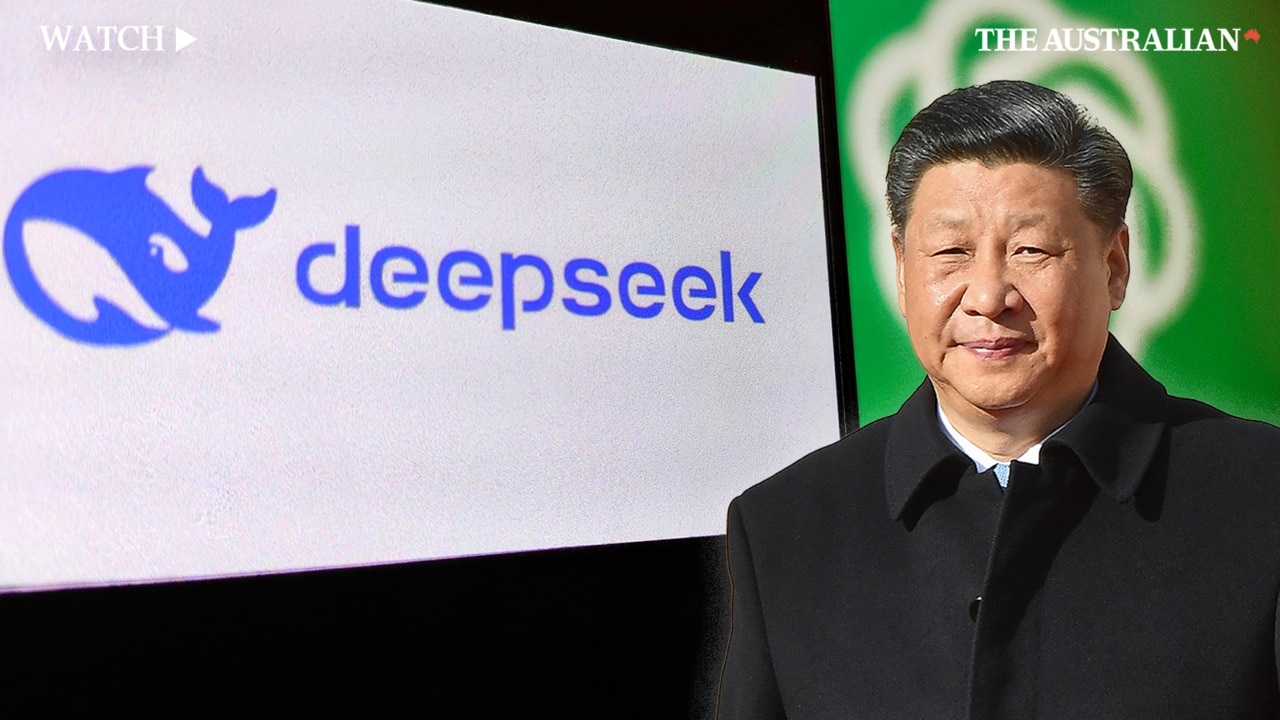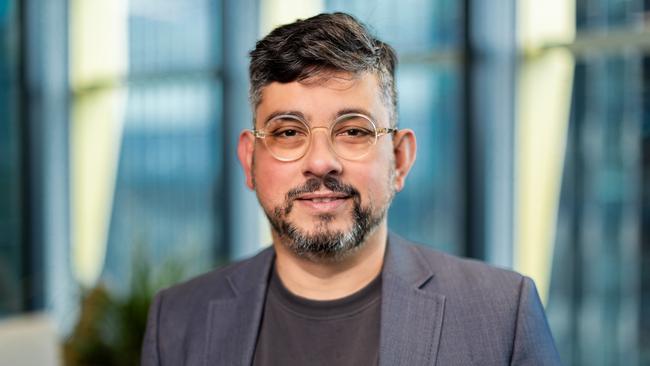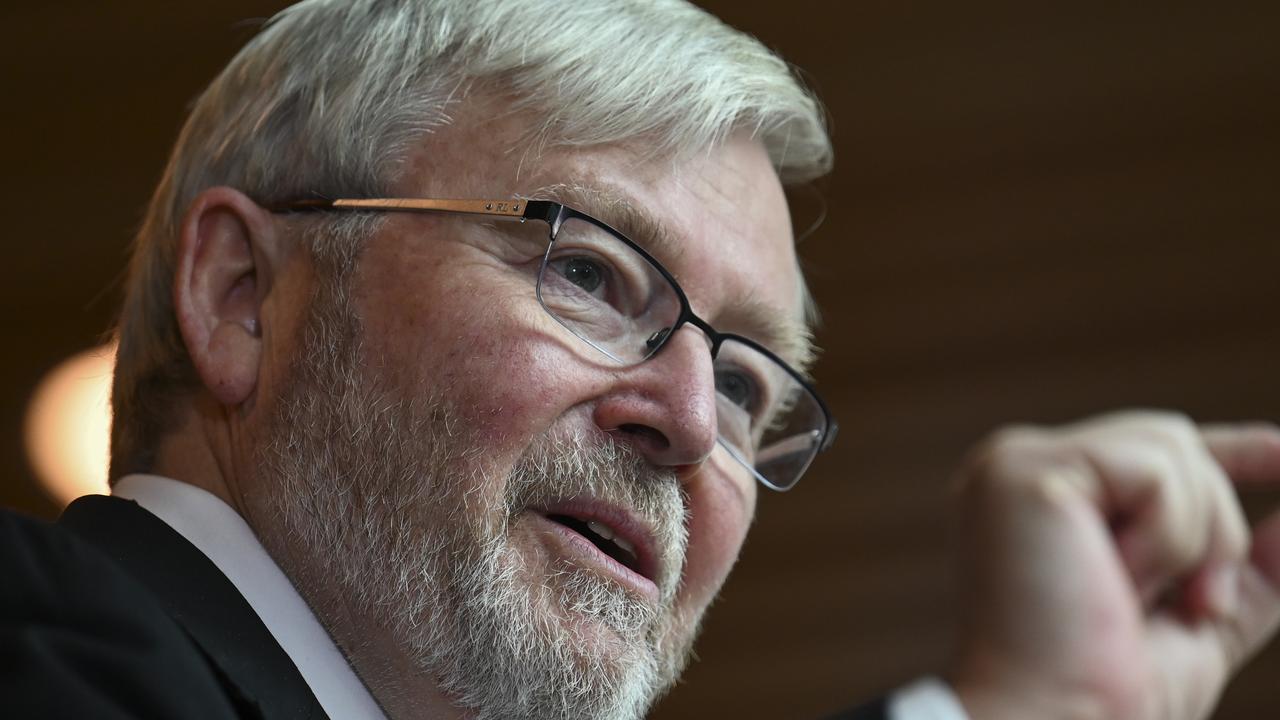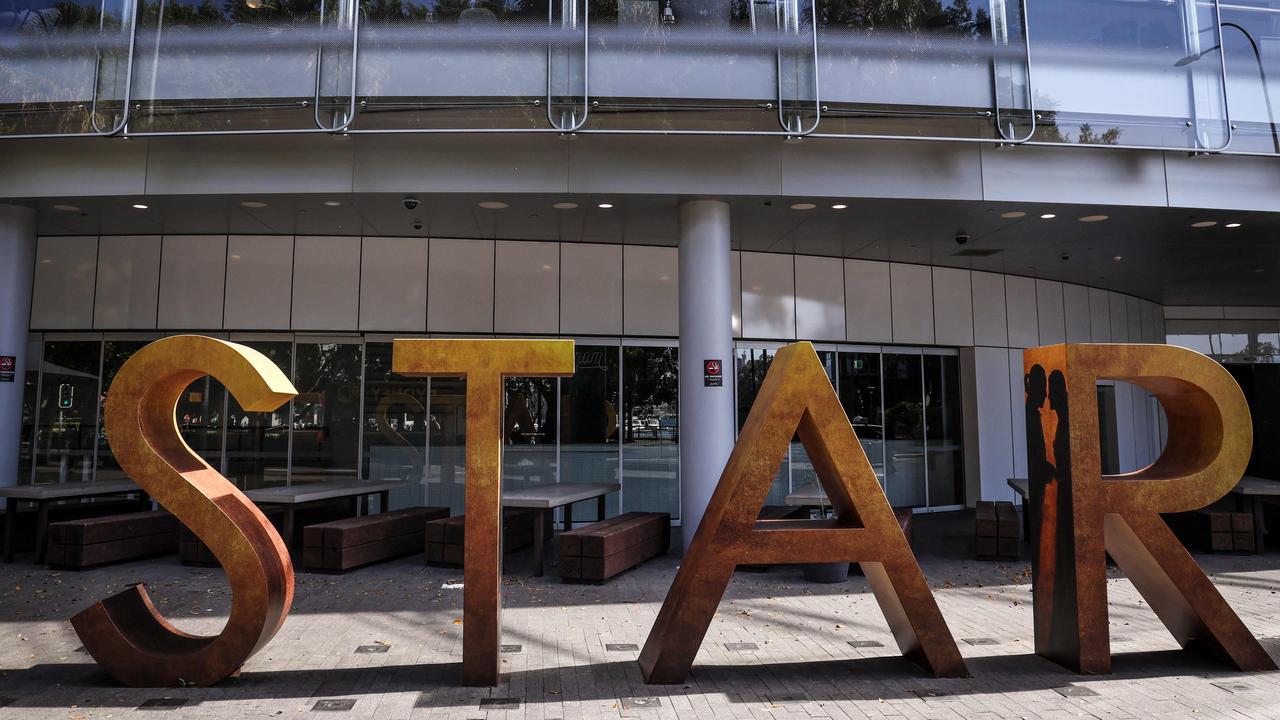The US and China are backing a tech boom, and Australia needs to do the same: TCA
China’s DeepSeek is less than two years old – demonstrating that under the right infrastructure and investment, innovation is fast to follow. Australian needs to take notice.

Business
Don't miss out on the headlines from Business. Followed categories will be added to My News.
Cracking the US is a golden ticket for Australian tech. US expansion was a major step on the path to global success for tech trailblazers such as Afterpay and Atlassian, and it’s usually the first port of call for Aussie start-ups wanting to make moves beyond our region.
For decades, the growth of Australia’s tech industry has been deeply linked to its partnership with the US – a critical source of talent, investment and ideas. The US is proud to have derived its economic success from tech over the past generations of innovation. We can do the same if we get it right.
President Trump’s pledges for AI infrastructure herald a new era of tech investment and development, having signalled early and clearly that sovereign tech capability is a national priorities. The proof is in the pudding with the $US500bn ($799bn) Stargate AI project – collaborating with industry to co-ordinate one of the largest single tech investments the world has seen.
Just days later, China’s DeepSeek revealed its latest AI engine that sets a new standard for low-cost AI development – developed largely by recent graduates of top Chinese universities that lead the world in R&D investment and collaboration.

The dual announcements from the world’s two biggest economies speak to the importance of sustained investment in local tech R&D – an area in which Australia underperforms. In 2021, Australia’s R&D investment as a share of GDP was 1.7 per cent – below the OECD average of 2.7 per cent and less than half of the US’s 3.5 per cent.
Tech Council research shows that while most OECD countries continue to increase their R&D investment, Australia’s is falling.
Turning this around requires action from government and from businesses across the economy.
The federal government’s strategic examination of R&D, led by Tech Council chair Robyn Denholm, is the right first step – building an evidence base to ensure our R&D system encourages innovation, increases competition and attracts investment.
The announcements in the US and China also recognise the power of both major tech companies and start-ups to drive economic growth. Enabling Australian-founded companies to continue to invest, create and run global teams from here is critical.
DeepSeek is less than two years old – demonstrating how, where the right infrastructure and investment are in place, innovation is fast to follow.
Equally, we should also be championing and leveraging the contribution of global tech leaders – many based in the US – to Australia’s tech development.
Microsoft entered Australia in 1983 after acquiring a local tech company, and Sydney hosted one of Google’s earliest international offices following an acquisition of a local tech company that would become Google Maps. Both companies employ thousands of people in their Australian operations and continue to invest substantially – as does Amazon Australia, which has invested $15bn across its local businesses.
All three companies, and many others like them, have brought Australia valuable M&A opportunities and critical digital infrastructure, including the cloud infrastructure we rely on every day. They have enabled countless Aussie start-ups to scale with global success.
Increasing Australia-US tech collaboration and learning from the success of US tech ecosystems will pave the way for increased investment flows, knowledge exchange, and the growth of a vibrant tech industry in both countries.
The US’s fresh focus on sovereign technology capability is an opportunity Australia should not miss. Our strong alliance with the US puts us in pole position to collaborate on R & D as a trusted partner, in both civil and defence applications – and ensure that the dominant tech platforms on which we rely as a nation are ones that uphold our democratic values.
This effort extends beyond the bold Stargate investment in AI, to encompass critical infrastructure such as data centres and energy systems. This is common ground between the Biden and Trump administrations. Indeed, it builds on one of former president Biden’s final executive orders: mandating federal agencies to develop data centre capability, and invest in the large-scale energy resources required to meet their needs.
To ensure we are positioned to work with our US counterparts and not get left behind, Australia must do the same.
By enhancing collaboration with the US in key tech areas where Australia has a demonstrated comparative advantage – including AI, quantum, biotechnology, clean energy, cybersecurity and space – Australia has the potential to boost exports to the US by $38bn by 2030, and create transformational opportunities for local start-ups to scale.
The stage is set for growth – and as Australians now head into an election year, we too must prioritise our homegrown tech sector in order to reap the R&D, skills and economic benefits.
Damian Kassabgi is CEO of the Tech Council of Australia.
Originally published as The US and China are backing a tech boom, and Australia needs to do the same: TCA


